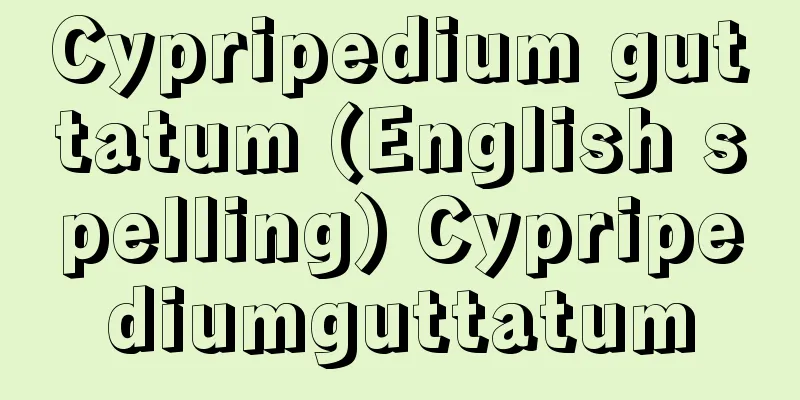Rutherford

|
A British physicist born in New Zealand. After studying at Nelson College in his hometown, he won a scholarship to study in England in 1895. He was the first overseas research student at the Cavendish Laboratory of Cambridge, where he was supervised by J. J. Thomson. In 1898, he was appointed professor of physics at McGill University and moved to Montreal, Canada. In 1906, he returned to England as a professor at Manchester University, and in 1919, he became professor at Cambridge University and director of the Cavendish Laboratory, succeeding Thomson. In 1931, he was awarded a peerage and joined the House of Lords as Lord Rutherford. His first original research was on the magnetization of iron, which he applied to the detection of weak high-frequency electromagnetic waves. His experimental skills led him to work under Thomson on the electrical conductivity of gases. This method was then used to study the electrical conductivity of gases using uranium radiation, and he demonstrated that uranium radiation contains two completely different types of radiation, alpha and beta rays. At McGill University, working in collaboration with the young chemist F. Soddy, he identified substances formed by the radioactive decay of uranium, which led to his work clarifying the radioactive decay series of uranium atoms. After returning to England, he proposed the famous nuclear atomic model based on alpha particle scattering experiments, paving the way for research into atomic structure. In 1917, he demonstrated that nitrogen atoms emit protons and decay into oxygen atoms when exposed to alpha particles, marking the beginning of artificial element transmutation. Furthermore, when Jewish scientists were persecuted by Nazi Germany, he fought for their salvation as chairman of the Council to Rescue Scientists, and remained an active participant in social activities and spoke out until his death in 1937. He received many scientific awards from overseas, including the Nobel Prize in Chemistry in 1908 for his research into radioactive decay. Source: Morikita Publishing "Chemical Dictionary (2nd Edition)" Information about the Chemical Dictionary 2nd Edition |
|
ニュージーランド生まれのイギリスの物理学者.地元ネルソン・カレッジに学んだのち,奨学金を得て1895年イギリスに留学.ケンブリッジ大学のキャベンディッシュ研究所で,最初の海外研究生としてJ.J. Thomsonの指導を受けた.1898年マギル大学の物理学教授に採用され,カナダのモントリオールに移住.1906年マンチェスター大学教授としてふたたびイギリスに移り,1919年にはThomsonの後任としてケンブリッジ大学教授兼キャベンディッシュ研究所所長になった.1931年貴族の称号を贈られ,Rutherford卿として上院議員に加わった.かれの最初の独創的な研究は,鉄の磁化に関するもので,かれはそれを微弱な高周波電磁波の検出に応用した.その実験手腕が買われ,Thomsonのもとでは気体の電気伝導の研究に加わった.その手法は,さらにウラン放射線による気体の電気伝導性の研究に活かされ,ウランの放射線がα線とβ線というまったく異なる二つの放射線を含むことを明らかにした.マギル大学では若い化学者F. Soddy(ソディ)と共同研究を行うことで,ウランの放射能崩壊による物質の同定を行い,ウラン原子の放射能崩壊系列を明らかにする仕事につながった.またイギリスに戻ったかれは,α線の散乱実験から,有名な有核原子模型を提出して原子構造研究への道をひらいた.1917年にはα線の照射によって,窒素原子が陽子を放出して酸素原子に崩壊することを示し,人工元素転換への端緒となった.また,ナチスドイツによってユダヤ人科学者の迫害が実行されると,科学者救援会議の議長としてその救済に立ち向かうなど,1937年に亡くなるまで社会的活動に積極的に加わり発言した.1908年放射性崩壊の研究でノーベル化学賞を受賞したのをはじめ,海外から多くの科学の賞を受けた. 出典 森北出版「化学辞典(第2版)」化学辞典 第2版について 情報 |
<<: Rutherford scattering - Rutherford scattering
>>: Arvo Martti Oktavianus Räsänen
Recommend
Türkeş, A. (English spelling) TurkesA
...During the 1960s, amid the free development of...
"Kusatsu Yohohoi Bushi" - Kusatsu Yohohoi Bushi
...The hot water in Kusatsu is so hot that bather...
Washing bottle - Senbin
A chemical laboratory tool used to clean container...
sound articulation
...Currently, three methods shown in the table be...
Wanganui [River] - Wanganui
...Population: 41,000 (1991). Located at the mout...
Tale of Genji Tama no Ogushi - Tale of Genji Tama no Ogushi
This is a commentary on The Tale of Genji written...
Clark, Helen
Born 26 February 1950. Hamilton. New Zealand polit...
Development cooperation
...developed countries provide assistance to deve...
Netto, C.
...In 1880, this department was divided into the ...
Oligodendroglia - Oligodendroglia
…The myelin sheath is actually a glial cell membr...
Eijudo - Eijudo
The name of a jihon wholesaler in Edo that flouris...
Cargo-passenger ship
A ship that transports both cargo and passengers. ...
"Kanju-ji Temple Embroidery Book"
...The Tang dynasty is noted for its perfection a...
Heaven and Earth
A recitation of 48 characters in which all the ka...
Akaraku
〘Noun〙 A type of Raku ware with a reddish brown gl...









